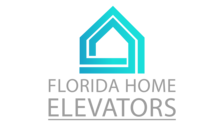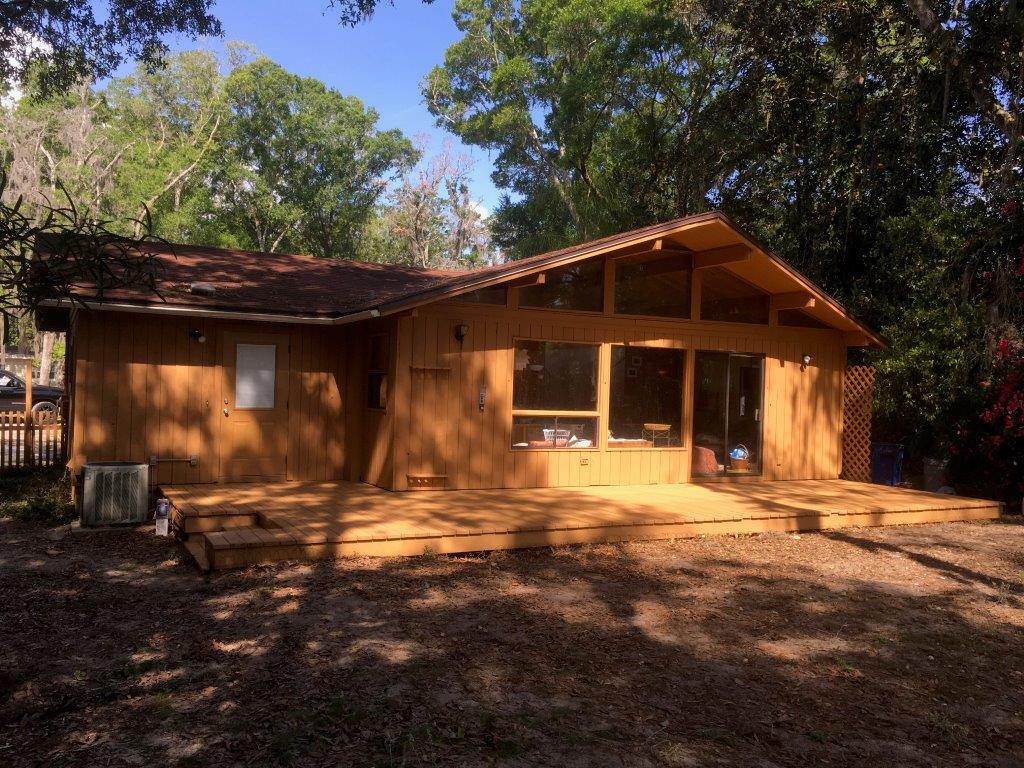
My Chairlift
My Chairlift
We are a company based in Tampa, FL, proudly owned and operated by veterans. Our mission is to make mobility an affordable and accessible reality for all. We provide an extensive selection of chairlifts with flexible options for ownership, renting, or leasing. Our chairlifts are designed for hassle-free maintenance and come with an unwavering commitment to 100% customer satisfaction. We are genuinely passionate about the work we do. Recognizing the value of your time, we offer free estimates via phone, text, and email. If you are interested in receiving a complimentary quote today, please reach out to us. Call or Text 813-678-2921
"Highly recommend Chris and his team. My old chairlift was over 22 year old and needed to be replaced. Chris promptly arrived at my South Tampa home and tried to fix the old unit, researching the parts, etc. but it was outdated. He discussed on the alternatives, features, and arranged to dismantle the old and replace it with new one. Appreciated his very professional, honest approach. His assistant, Mike, arrived and efficiently replaced the old with new, battery powered unit. Completely satisfied with this company and the results as well as their “can do” attitude. "
Barbara B on May 2025
We are a company based in Tampa, FL, proudly owned and operated by veterans. Our mission is to make mobility an affordable and accessible reality for all. We provide an extensive selection of chairlifts with flexible options for ownership, renting, or leasing. Our chairlifts are designed for hassle-free maintenance and come with an unwavering commitment to 100% customer satisfaction. We are genuinely passionate about the work we do. Recognizing the value of your time, we offer free estimates via phone, text, and email. If you are interested in receiving a complimentary quote today, please reach out to us. Call or Text 813-678-2921
"Highly recommend Chris and his team. My old chairlift was over 22 year old and needed to be replaced. Chris promptly arrived at my South Tampa home and tried to fix the old unit, researching the parts, etc. but it was outdated. He discussed on the alternatives, features, and arranged to dismantle the old and replace it with new one. Appreciated his very professional, honest approach. His assistant, Mike, arrived and efficiently replaced the old with new, battery powered unit. Completely satisfied with this company and the results as well as their “can do” attitude. "
Barbara B on May 2025












